Would you like to know what to do if your tomatillo plant isn't producing fruit? Well, we have researched this topic and have answers for you. Understanding why your tomatillo plant isn't producing fruit is vital to know what to do.
Tomatillo plants may not produce fruit for three main reasons: low sunlight, excess fertilizer, and high humidity.
You can fix low sunlight by transplanting and flushing excess fertilizer with water. High humidity can be remedied by increasing airflow.
This article will teach us what to do if your tomatillo plant isn't producing fruit. We will also learn the answers to other interesting questions, such as why my tomatillo plant is dying and when I should plant tomatillos. Keep reading to learn more.
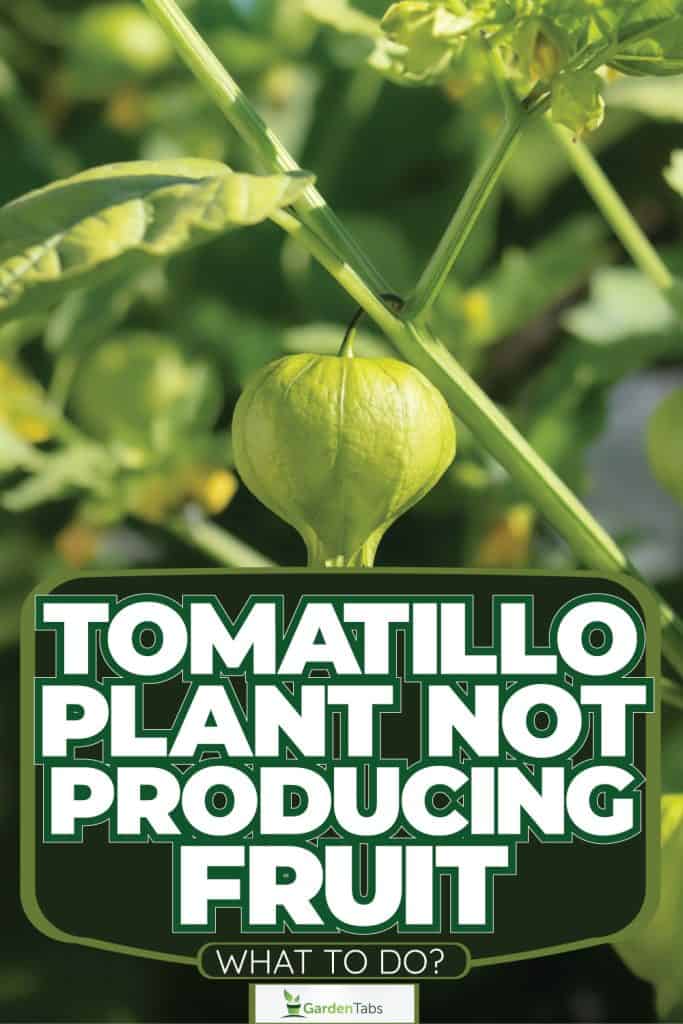
Tomatillo Plant Not Producing Fruit - What To Do?
You need to understand why to know what to do when your tomatillo plant isn't producing fruit.
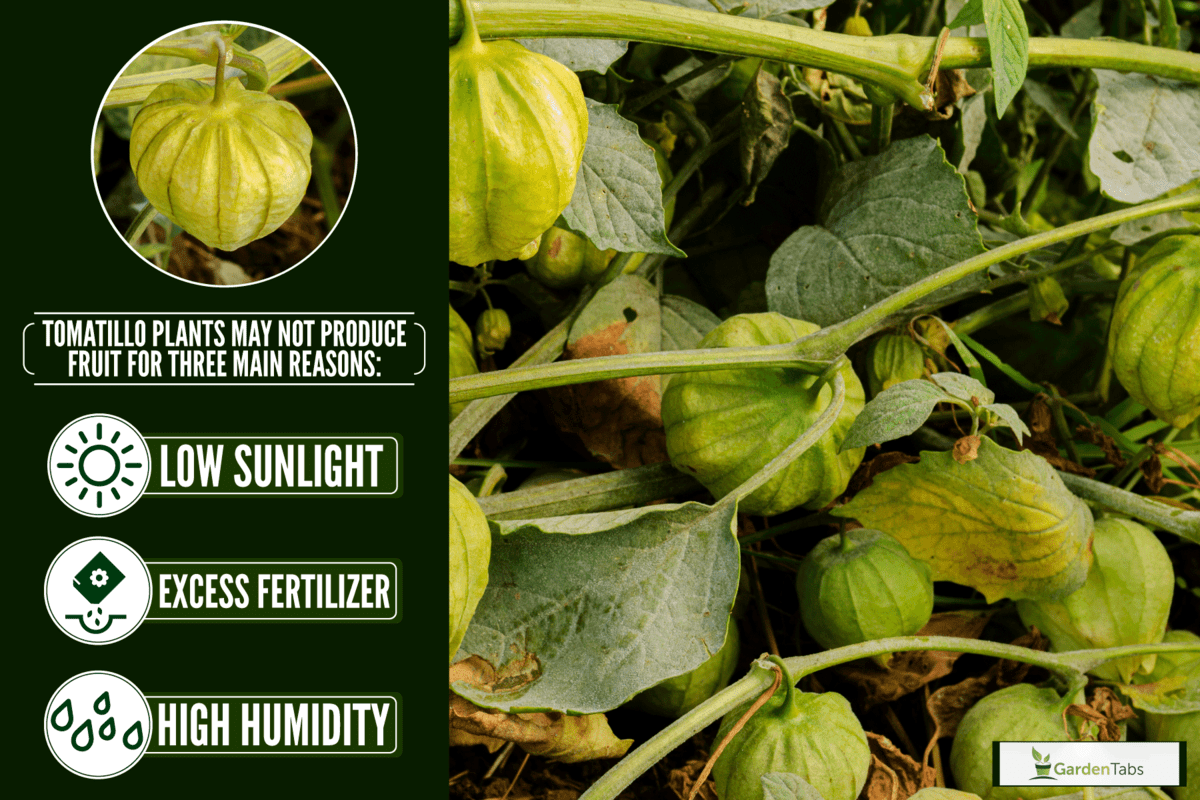
There are three reasons your tomatillo plant may not produce fruit: low sunlight, excess fertilizer, and high humidity.
Let's look at the signs to identify why your tomatillo plant isn't producing fruit and learn how to fix them.

Low Sunlight
If your tomatillo plant suffers from low sunlight, it will look weak and sickly. It will have fewer leaves, and the leaves will also be smaller.
The lack of sugar from photosynthesis means your tomatillo plant doesn't have enough energy to produce fruit. The best solution is to transplant the weak tomatillo to a sunnier location.
To transplant the tomatillo plant, take a spade shoved and dig out the soil six to eight inches around the base of your plant and eight to twelve inches deep.
Be sure to lift the dirt around the plant in one piece to avoid damaging the plant.
Now find a sunny location for your tomatillo and dig a hole large enough to fit your plant's root mass. Once your plant is in its new spot, gently tap the soil around its stem to lightly compact it.
Compacting the ground will help to support the plant as it grows, stabilizing roots.
Water your tomatillo immediately after watering and watch its recovery over the next few days. If your tomatillo plant bounces back, then the transplant was successful.
Excess Fertilizer
A common cause of tomatillos not producing fruits is excess fertilizer.
If you aren't receiving any fruit, but your plant looks healthy, you may have over-fertilized. When a tomatillo plant is over-fertilized, it will spend its energy growing instead of producing fruit.
To get your tomatillo to produce fruit, you must remove its nitrogen supply. Take a hose and soak the ground around your tomatillos for at least two hours. Now let the soil dry for a week to avoid harming your plant with water.
The water should wash away much of the nitrogen allowing the plant to slow its growth and produce fruit.
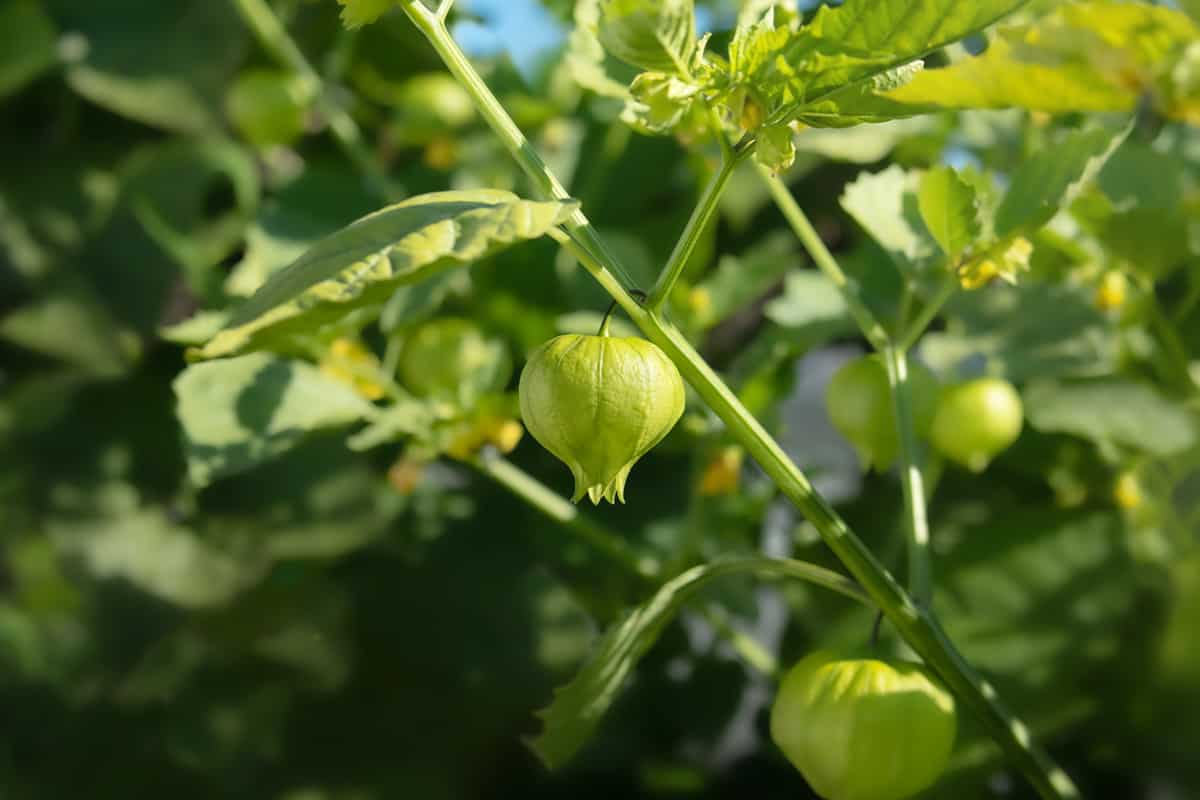
High Humidity
High humidity is another cause of tomatillo plants not producing fruit.
If the humidity is above ninety percent and the temperature is above ninety degrees Fahrenheit, then a tomatillo plant's pollen won't function correctly and won't grow fruit.
One solution is to support your tomatillo plants with cages or stakes to improve airflow. The plant's pollen won't get as damp with increased airflow and can function better.
If you live in a very hot, humid environment, you will need to grow tomatillos inside to receive fruit. You may also need a dehumidifier if you live somewhere incredibly humid.
Why Is My Tomatillo Plant Dying?

Three common reasons your tomatillo plant is dying are overwatering, underwatering, and overfertilizing. Let's look at how to tell why your tomatillo plant is dying and learn how to remedy it.
Overwatering
One sign that you are overwatering your tomatillo plant is the yellowing of its leaves. If there is too much water in the soil, your plant won't be able to breathe.
Another sign that you are overwatering is wet soil. You want your soil to be damp but not soaked. If you notice any signs of overwatering, you need to stop watering for a few days.
Once you have allowed the soil to dry, return to watering with decreased watering times. You may also want to reduce the number of days you water per week.
Overwatering can also lead to fungal and bacterial infections. If your tomatillos have a disease, they won't recover even after you cut back on watering.
You will need a fungicide or a bacteriacide, depending on which your plant is suffering from.
While fungal infections usually have white spots and bacterial infections black spots, treating your plants with a spray that treats both is best.
Using a spray that treats both gives you the peace of mind of knowing that even if you misidentify the infection, it'll be taken care of.
Here are two of the best sprays on Amazon for treating plants that have both fungal and bacterial infections.
Monterey Fungicide & Bactericide
You can find this product here on Amazon.
Bonide Revitalize Fungicide And Bactericide
You can find this product here on Amazon.
Underwatering
A sign that your tomatillos are dying from being underwatered is wilting leaves.
When a tomatillo plant doesn't have enough water, it can fill the vacuoles in its cells to hold up its structure, resulting in wilting leaves and a droopy plant.
The solution is to increase your plant's watering times. When increasing watering times, it's crucial not to increase them too fast. If you overwater your tomatillo plant, it can cause even more problems, so be careful.
Overfertilizing
Identifying if your tomatillo plant is dying from overfertilizing is easy because it will always happen a few days after fertilizing. If a couple of days after fertilizing your tomatillo plants begin to turn yellow and die, then overfertilizing is likely the culprit.
To save a tomatillo plant that has been overfertilized, you will need to flush the soil with water. Use a garden hose to soak the plant for two hours and then allow it to dry for several days.
The soaking will wash away most of the fertilizer and allow the plant to bounce back.
If your tomatillo plant doesn't respond positively within a few days, you will need to flush the soil again.
What Climate Do Tomatillos Grow Best In?
Tomatillos like warmer environments but can be grown as annuals in colder zones. Tomatillos can be grown as annuals in hardiness zones five through nine and perennials in hardiness zones ten and eleven.
Hardiness zones are based on the lowest annual average temperature in an area. These hardiness zones are broken into fifteen zones. The united states contain zones three to ten.
Living in zone ten or higher may occasionally run into high temperatures and humidity, lowering fruit yield.
It may be helpful in hotter wet climates to grow tomatillos inside with a dehumidifier.
When Should I Plant Tomatillos?
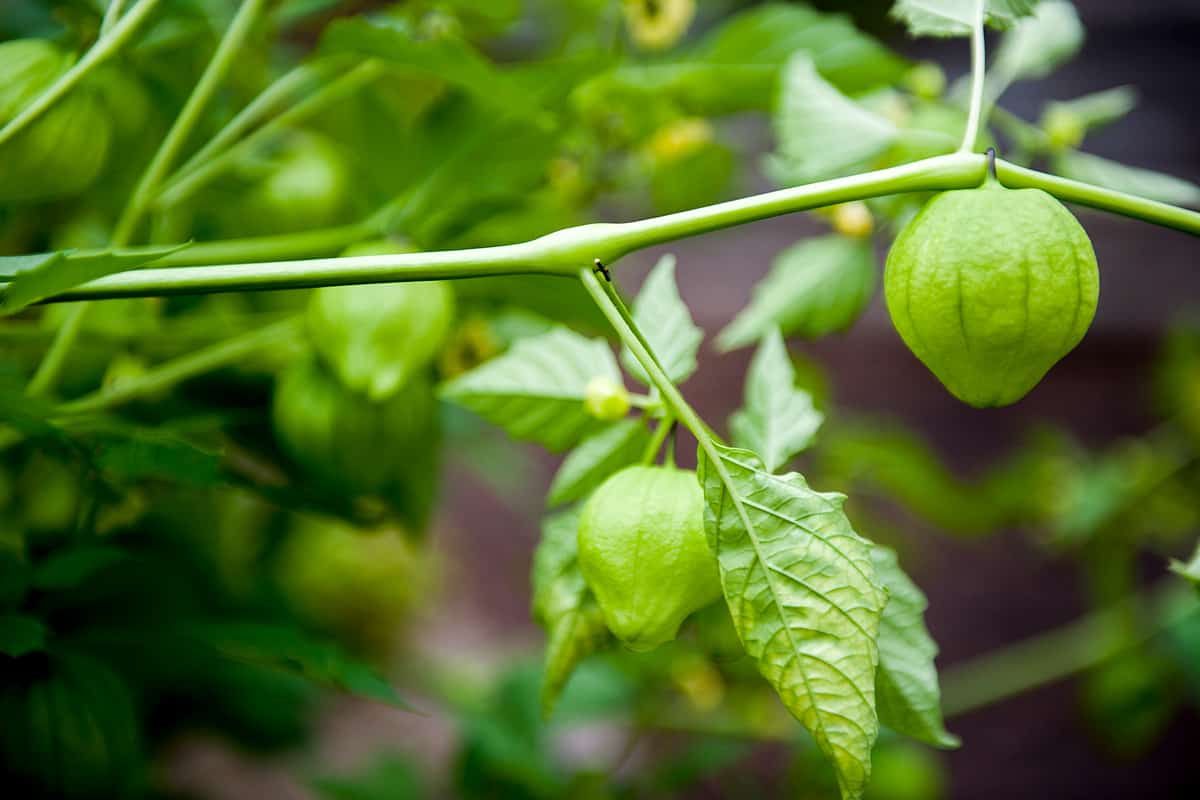
When you should plant tomatillos will depend on which hardiness zone you live in. It is best to plant tomatillos inside and transplant them outside after the last frost.
Let's look at different hardiness zones and learn when to plant your tomatillos and when to transfer them outside.
Zones 3-4
You should plant tomatillos in zones three and four between March fifteenth and April first. It is safe to transplant them outside after May fifteenth.
Zones 5-7
You should plant tomatillos in zones five through seven between February fifteenth and March first. It's best to transplant the tomatillos outside after April fifteenth.
Zone 8
You should plant tomatillos in zone eight between January fifteenth and February first. You can safely grow these tomatillos outside after March fifteenth.
Zone 9
You should plant tomatillos in zone nine between September fifteenth and October first. These tomatillos should be transplanted outside after November fifteenth, when it shouldn't be so hot.
Zone nine is the first zone that's too hot to grow tomatillos during the summer.
Zone 10
Tomatillos in zone ten need to grow around hot summers. For this reason, there are two periods for planting tomatillos in this zone.
The first time to plant tomatillos in zone ten is between October fifteenth and March fifteenth. The second time to grow tomatillos in this zone is between November first and May thirtieth.
During these periods, you can plant tomatillos and transplant them outside.
Final Thoughts
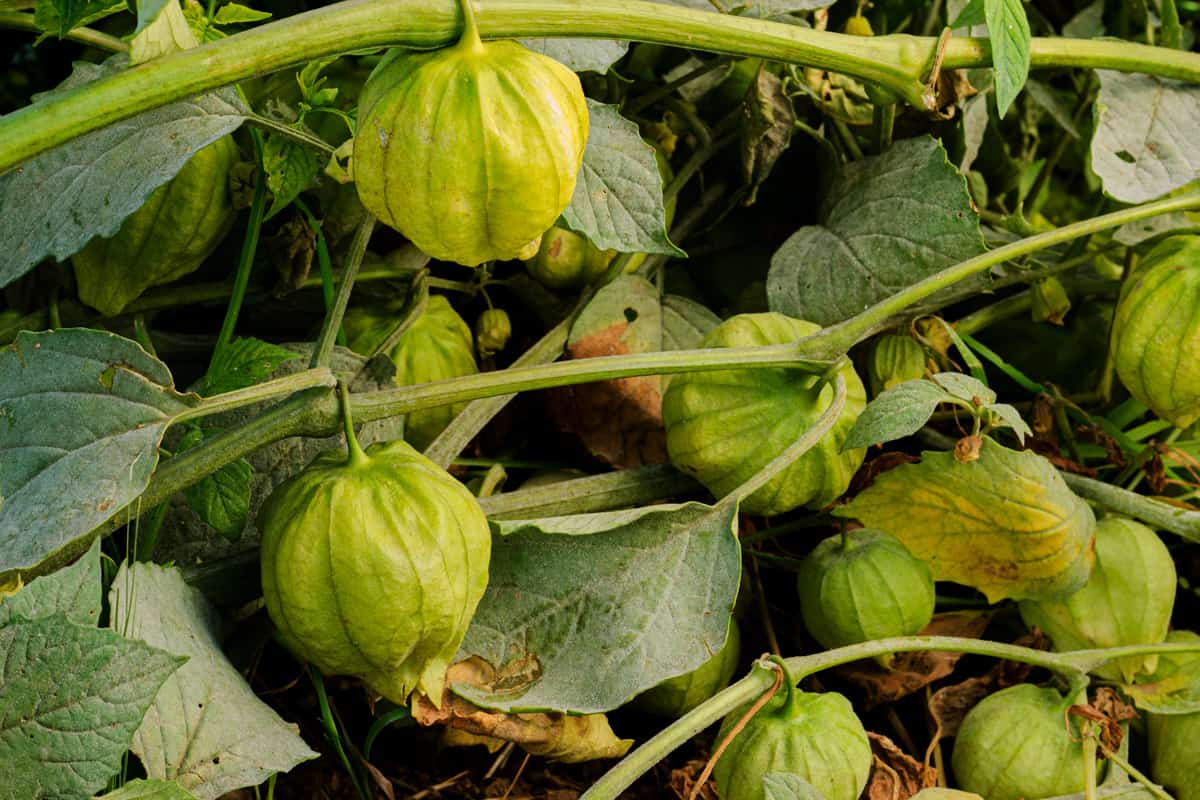
In this article, we learned that if your tomatillos plant isn't producing fruit, you can take a few actions to help. We also learned how to remedy the most common cause of tomatillo plants dying.
Remember, while tomatillos prefer warmer climates, some hot wet environments may require growing in the winter to allow the plant to fruit.
We hope you enjoyed this article. Check out these related posts!


